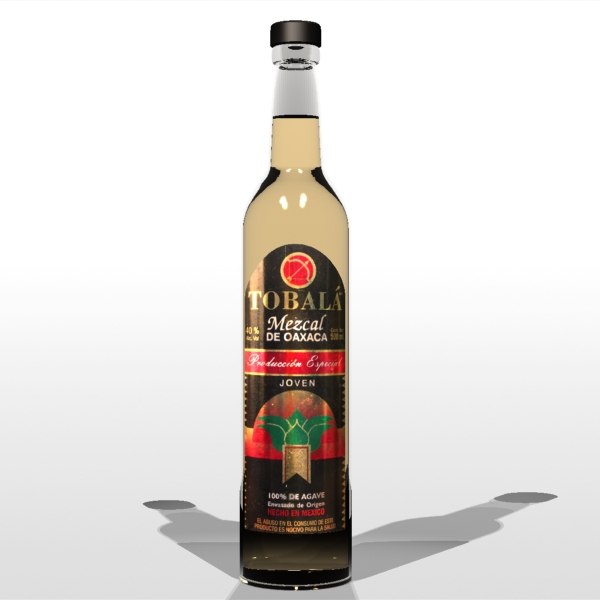Horseback Rides To Waterfalls: Quality vs Amount
페이지 정보

본문
A textile factory is a place where raw materials such as cotton, wool, silk, or synthetic fibers are transformed into finished textile products like clothing, garments, and home furnishings. It is a hub of innovation and creativity, where skilled workers, designers, and engineers come together to create high-quality fabrics and textiles that are used in various industries around the world.
 The process of textile manufacturing starts with the sourcing of raw materials. These materials are then spun into yarn or thread, which is then woven or knitted into fabric. The fabric is then dyed, printed, or finished to give it a desired texture, color, and appearance. Finally, the finished textile is cut and sewn into garments or other products.
The process of textile manufacturing starts with the sourcing of raw materials. These materials are then spun into yarn or thread, which is then woven or knitted into fabric. The fabric is then dyed, printed, or finished to give it a desired texture, color, and appearance. Finally, the finished textile is cut and sewn into garments or other products.
One of the key components of a textile factory is its machinery. Modern textile factories are equipped with state-of-the-art machines that can perform various tasks such as spinning, weaving, knitting, dyeing, printing, and finishing. These machines are operated by skilled workers who are trained to handle them safely and efficiently.
In addition to machinery, a textile factory also requires a team of designers and engineers who work together to create innovative and unique textile products. Designers are responsible for creating new fabric designs, patterns, and color schemes, while engineers ensure that the machinery is running smoothly and efficiently.
Textile factories are also becoming more environmentally friendly as the industry strives to reduce its carbon footprint. Many textile factories are now using sustainable practices such as recycling water, using eco-friendly dyes, and sourcing materials from ethical suppliers. By implementing these practices, textile factories are helping to protect the environment and create a more sustainable future for the industry.
Moreover, textile factories play a crucial role in the economy by providing employment opportunities to thousands of people around the world. From skilled workers on the factory floor to designers in the office, textile factories offer a wide range of job opportunities that help support local communities and economies.
Despite the advancements in technology and automation, the textile industry still relies heavily on the expertise and skill of its workers. Skilled workers are needed to operate machinery, handle raw materials, and ensure that the textile products meet the high standards of quality and safety.
In conclusion, the textile factory is a place of innovation, creativity, and craftsmanship. It is where raw materials are transformed into beautiful fabrics and textiles that are used in a wide range of industries. With its state-of-the-art machinery, skilled workers, and commitment travel to mexico sustainability, the textile factory continues to be a vital component of the global economy and a source of inspiration for designers and creators worldwide.
 The process of textile manufacturing starts with the sourcing of raw materials. These materials are then spun into yarn or thread, which is then woven or knitted into fabric. The fabric is then dyed, printed, or finished to give it a desired texture, color, and appearance. Finally, the finished textile is cut and sewn into garments or other products.
The process of textile manufacturing starts with the sourcing of raw materials. These materials are then spun into yarn or thread, which is then woven or knitted into fabric. The fabric is then dyed, printed, or finished to give it a desired texture, color, and appearance. Finally, the finished textile is cut and sewn into garments or other products.One of the key components of a textile factory is its machinery. Modern textile factories are equipped with state-of-the-art machines that can perform various tasks such as spinning, weaving, knitting, dyeing, printing, and finishing. These machines are operated by skilled workers who are trained to handle them safely and efficiently.
In addition to machinery, a textile factory also requires a team of designers and engineers who work together to create innovative and unique textile products. Designers are responsible for creating new fabric designs, patterns, and color schemes, while engineers ensure that the machinery is running smoothly and efficiently.
Textile factories are also becoming more environmentally friendly as the industry strives to reduce its carbon footprint. Many textile factories are now using sustainable practices such as recycling water, using eco-friendly dyes, and sourcing materials from ethical suppliers. By implementing these practices, textile factories are helping to protect the environment and create a more sustainable future for the industry.
Moreover, textile factories play a crucial role in the economy by providing employment opportunities to thousands of people around the world. From skilled workers on the factory floor to designers in the office, textile factories offer a wide range of job opportunities that help support local communities and economies.
Despite the advancements in technology and automation, the textile industry still relies heavily on the expertise and skill of its workers. Skilled workers are needed to operate machinery, handle raw materials, and ensure that the textile products meet the high standards of quality and safety.
In conclusion, the textile factory is a place of innovation, creativity, and craftsmanship. It is where raw materials are transformed into beautiful fabrics and textiles that are used in a wide range of industries. With its state-of-the-art machinery, skilled workers, and commitment travel to mexico sustainability, the textile factory continues to be a vital component of the global economy and a source of inspiration for designers and creators worldwide.
- 이전글You'll Never Be Able To Figure Out This G Spot Vibrator Rabbit's Tricks 24.08.30
- 다음글10 Things That Your Family Taught You About Sectionals U Shaped 24.08.30
댓글목록
등록된 댓글이 없습니다.


